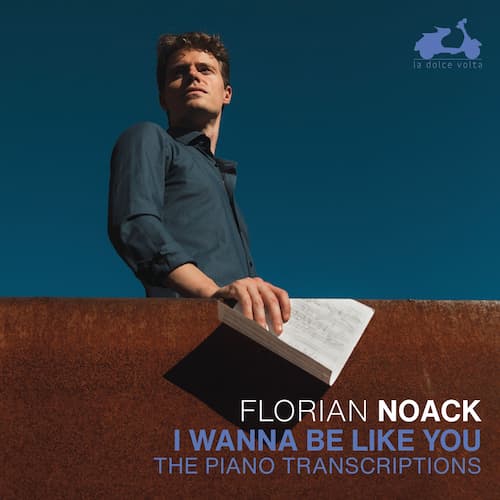Franz Liszt’s Mephisto Waltz No. 1 takes the listener on a mad whirl through a town and out the other side, pushed by the piano into a frenzied dance.
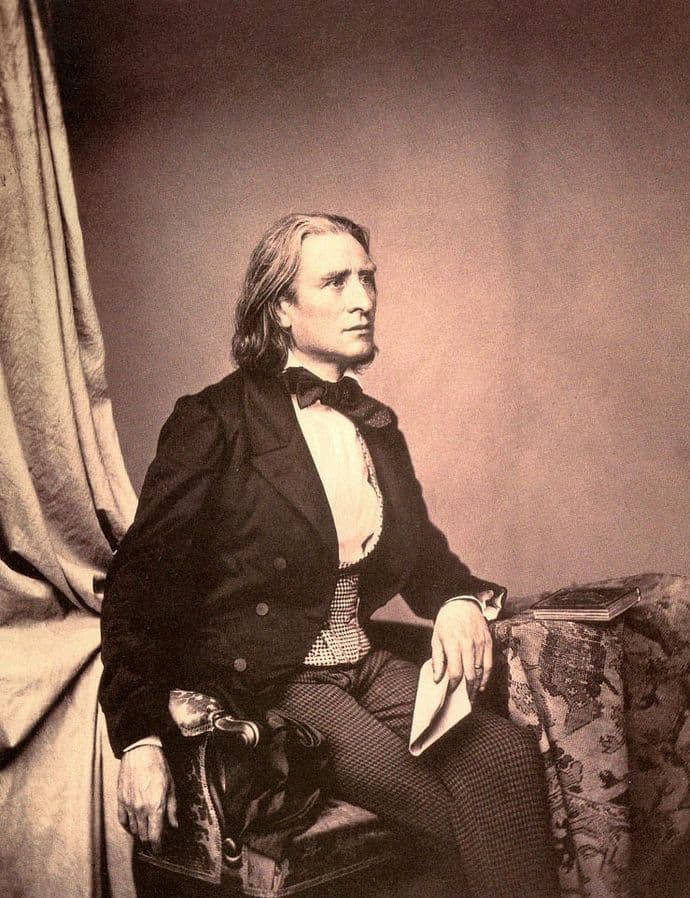
Franz Hanfstaengl: Franz Liszt, 1858
Liszt wrote a number of works entitled Mephisto Waltz, and they all had their basis in a work by the violinist and poet Nikolaus Lenau. His Faust: Ein Gedicht was, in turn, inspired by Goethe’s play, Faust (Part I: 1808, Part II, 1831). Lenau’s Faust was first published in 1836 and then revised in 1840. Lenau’s character Faust is led into a life of sin and crime by the devil Mephistophele, and ends the story, and his life, by his suicide.
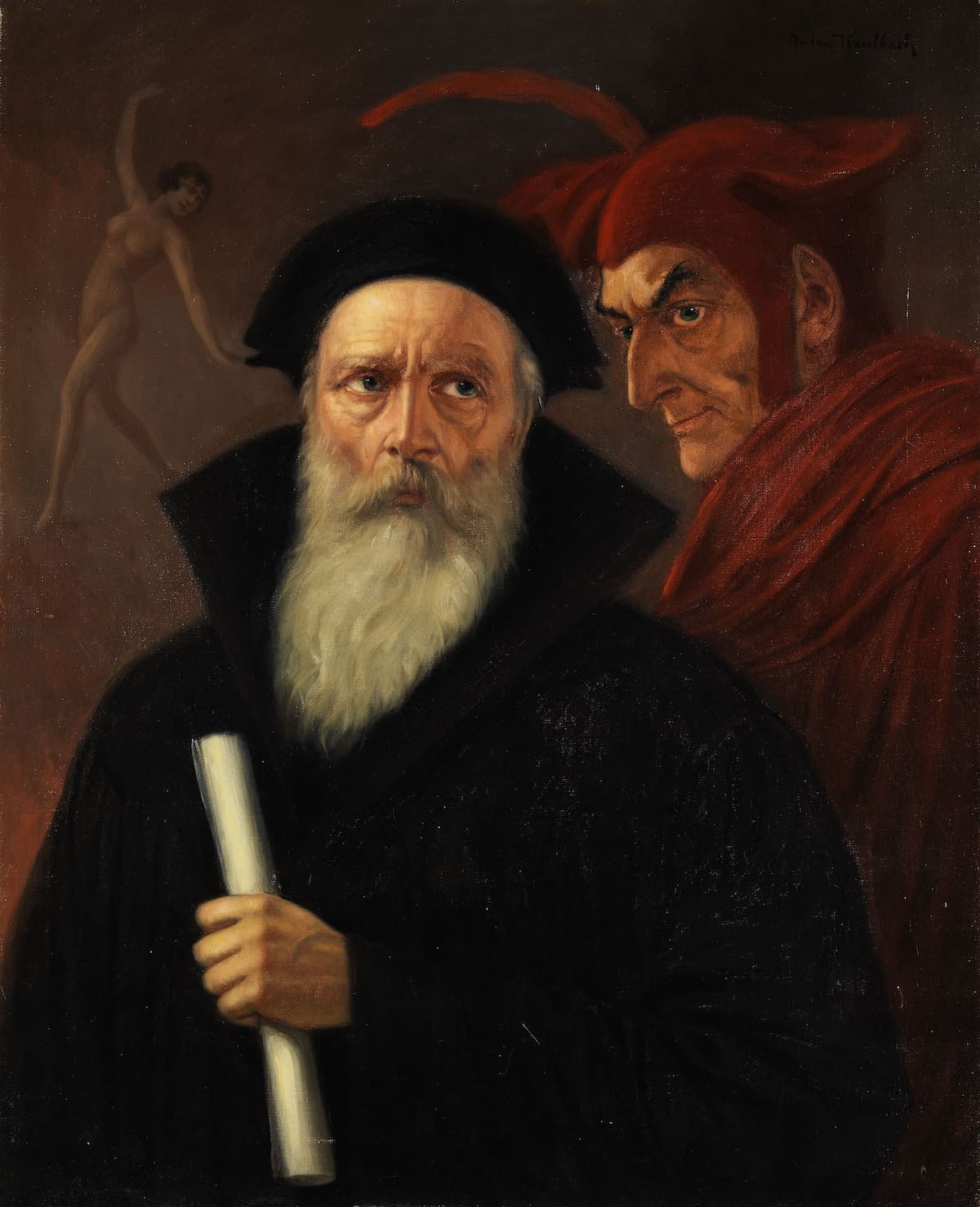
Anton Kaulbach: Faust and Mephisto
Liszt’s first Mephisto Waltz, for piano, was written in Weimar between 1856 and 1861 and then orchestrated in 1861. In Keith Anderson’s summary:
Mephistopheles, in the guise of a huntsman, accompanied by Faust, approaches a village inn where people are dancing. Faust is immediately attracted by one of the girls, the landlord’s daughter. Mephistopheles, dissatisfied with the music, seizes a violin and plays, bewitching the dancers, who give themselves over to love. The song of a nightingale is heard and Mephistopheles leads the villagers, Faust and the girl among them, away through gardens towards the woods. The piece opens with a suggestion of the open strings of the violin before the sinister dance begins, its course interrupted by a passage marked espressivo amoroso, after which the earlier mood is gradually resumed. There is an echo of the nightingale, before the final Presto.
In this arrangement for violin and piano, the characters have changed – now the daemonic pianist is accompanied by a yet more fiendish violinist and this transcription raises the work to an unexpected level. It is more devilish and more melancholic – it sings of triumph as much as of danger; it warns of the darkest thoughts given in the brightest sunlight. The arranger, violinist André Parfenov, has taken idiomatic piano writing and transformed it into idiomatic violin writing. He’s extended cadences, added lines of counterpoint, and, seems to be personifying the characters in the instruments: devilishly violin Mephisto and the equally inventive, but more grounded piano Faust.
Franz Liszt: Der Tanz in der Dorfschenke, S514/R181, “Mephisto Waltz No. 1” (arr. A. Parfenov for violin and piano)
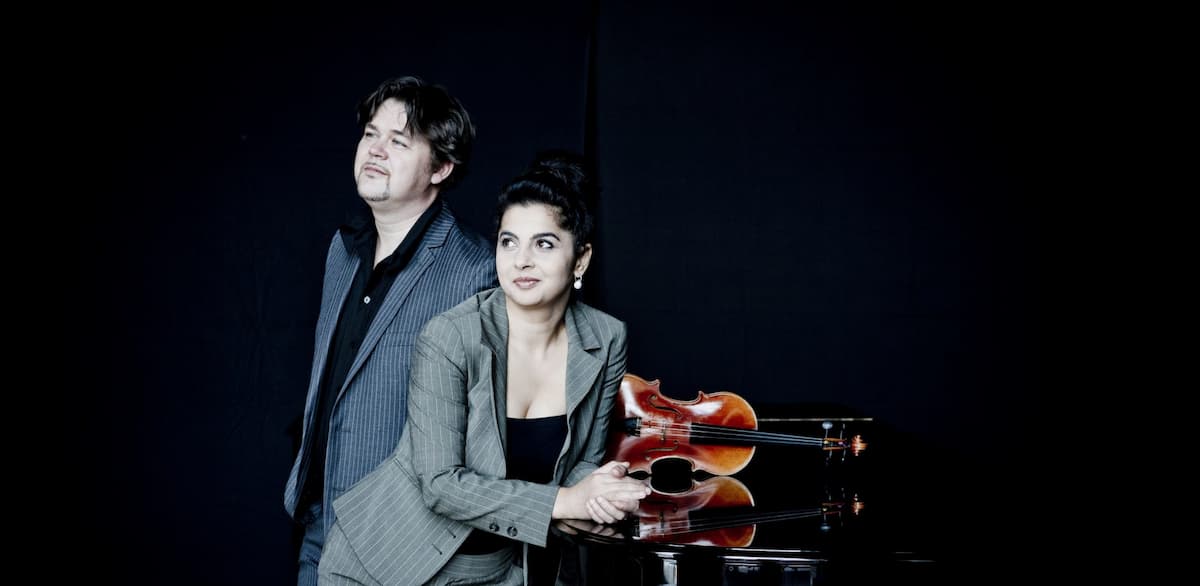
Parfenov Duo (photo by Marco Borggreve)
This performance by the Parfenov Duo, with Iuliana Münch, violin, and André Parfenov, piano, is part of a complete recording of Liszt’s Mephistopheles cycle, arranged for violin and piano. It covers the Mephisto Waltzes 1 through 4, R. 38, 60, 181, 182, and the Mephisto Polka, R. 39. Parfenov then adds his own Mephisto Zugabe (Mephisto Encore) that sums up all the Mephisto pieces in a work loosely based on the themes from the four waltzes, with the addition of some modern stylings.
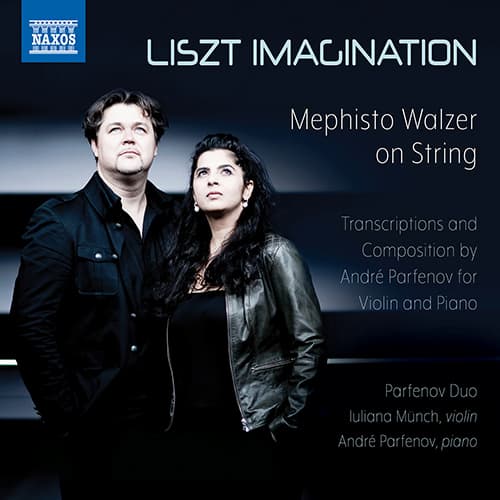
Franz Liszt: Mephisto Waltz No. 1
Performed by
Parfenov Duo
Official Website
For more of the best in classical music, sign up for our E-Newsletter

